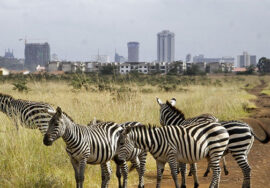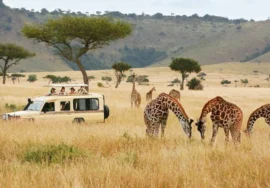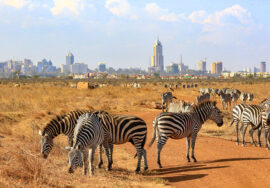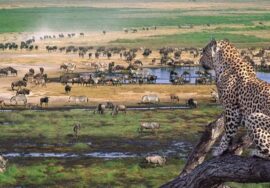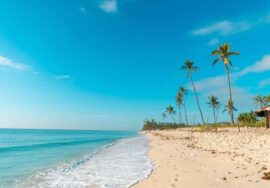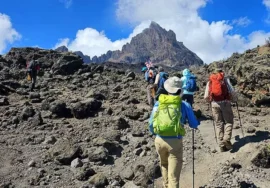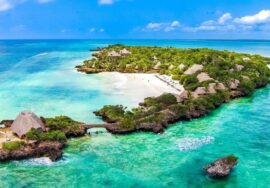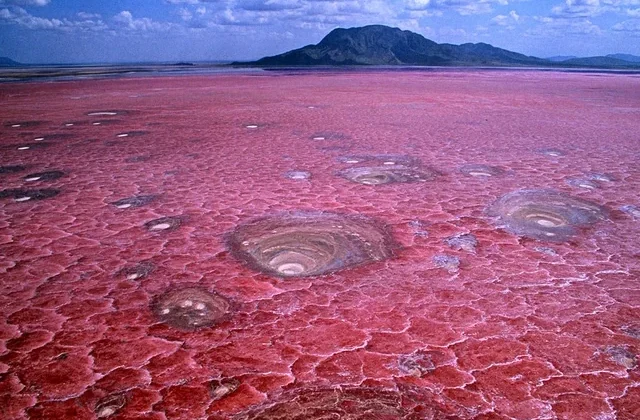
LAKE NATRON, TANZANIA
LAKE NATRON, TANZANIA, shows that what hurts one animal can help another. It is the world’s most acidic lake, and its highly alkaline waters are poisonous from the high temps and sodium content. Most fish and birds stay away from it.
Even though it looks like poison, this drink is what most of the world’s smaller flamingos eat and live off of. About 2.5 million of them come here to breed, which is more than anywhere else in East Africa.
When you go to the lake, you’ll notice the deep reds and oranges that come from cyanobacteria living on the very alkaline environment. This is what gives the lake its unique pinkish tones. The huge blanket of feathery pinks is just as shocking. It’s caused by the flamingos that live and raise their young in this otherwise hostile environment.
How the Lake Got Its Name
What makes a lake one of the least friendly places for plants and animals to live? It takes some time and the right weather conditions. Salty hot springs and the Southern Ewaso Ng’iro River both fill up Lake Natron.
Since the lake doesn’t have a way for its water to leave, these chemicals have built up over thousands of years through active evaporation. Because of this, there is a lot of Trona and Natron sodium, which is how the lake got its name.
This brine is very dangerous; its pH level can reach 10.5 (almost the same as ammonia), and it can get as hot as 600 C (1400 F).
Lots of Flamingos World
You might think that such a hellish place wouldn’t have any living things in it, but the natural world is amazingly adaptable. During the dry season, when the salt levels rise, some microbes do very well here. They do photosynthesis on their own, just like all plants do, but instead of making the usual green pigments, they make a red pigment that gives the lake its vivid red and orange tones.
These tiny living things are called Spirulina, and lesser flamingos love it because it is full of nutrients that they need. The flamingoes get their pink color from the red pigment in the spirulina, which is a true example of the saying “You are what you eat.”
Flamingos are safe because the lake is not a good place for natural enemies to live. They eat and lay their eggs on the small salt islands, or “rafts,” that form during the dry season.
Up to 75% of all the lesser flamingos in the world are thought to be born in this otherwise empty place. But because they depend so much on the lake, this one spot is their main home, the flamingos are considered “threatened.”
A Safari Myth
Strange things are bound to happen in a place with such strange chemicals as Lake Natron, which will lead to strange stories. For example, people who fall into the lake are said to turn into stone.
Many times, though, this turns out to be quite true. Migrating birds have crashed into the chemically dense water of the lake because its top is very reflective. They die very quickly from the high heat and salty air. Later, when it’s dry and the water is gone, the birds’ bodies can be found, looking like they have turned to stone.
Don’t miss Ol Doinyo Lengai. This active volcano is just south of the lake and is called “Mountain of God” in Māori. The last time it erupted was in 2013.
From above, Lake Natron – We can help you book a charter flight over the area for an interesting air safari so you can fully enjoy the lake’s deep red colors and otherworldly contrast with the plains and mountains around it.

